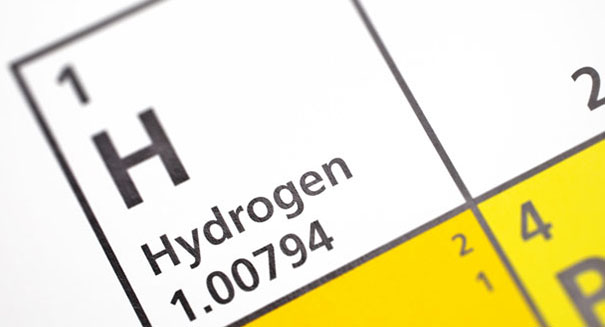
A new procedure brings researchers one step closer to a viable means for producing hydrogen as a fuel source.
Hydrogen just can’t seem to stay out of the spotlight. Last week brought reports of a new quick-cooking catalyst method of production. This week, researchers at the University of Houston announced that they’re able to isolate hydrogen from water using cobalt oxide nanoparticles and sunlight. Once again, the news promises the possibility of hydrogen as a clean, viable alternative fuel source.
Jiming Bao, lead author of the paper and an assistant professor in the Department of Electrical and Computer Engineering at UH, said the research discovered a new photocatalyst and demonstrated the potential of nanotechnology in engineering a material’s property, although more work remains to be done.
Bao says these types of experiments have been conducted since the 1970s, but his is the first to use cobalt oxide and neutral water under visible light. It’s also the first of its kind to separate hydrogen without co-catalysts or other sacrificial chemicals.
Once the nanoparticals are added to the water and light is applied (Bao expects the procedure would work equally well under natural or artificial light), it separates into hydrogen and oxygen almost immediately. There’s about twice as much hydrogen produced as there is oxygen, which is to be expected given the ratios in the water molecule (H2O).
While the experiment has potential, it’s still considered too inefficient to have commercial viability. Right now, only about 5% of the solar energy is converted to hydrogen during the process. Bao says that a figure of around double that would be a more reasonable threshold. The experiments are also costly at this time, and the nanoparticles don’t last long enough, deactivating after about an hour of reaction.
“It degrades too quickly,” said Bao, who also has appointments in materials engineering and the Department of Chemistry.
Maybe don’t invest in hydrogen fuel cells just yet.
Leave a Reply